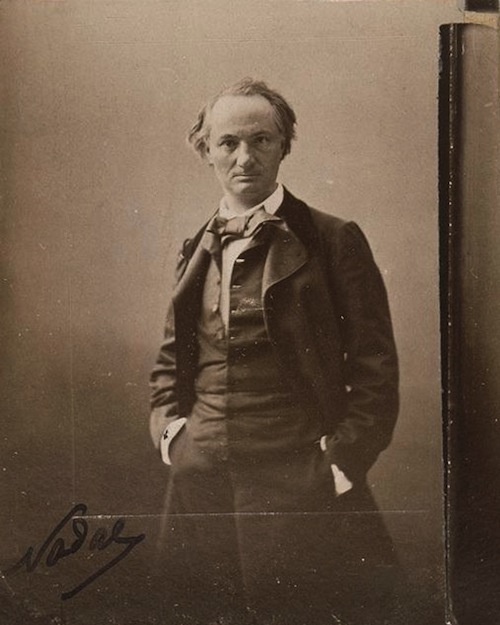Baudelaire’s Perfumed Imaginary

There can be perfumes cool as children’s flesh,
Like fiddles, sweet, like meadows greenly fresh.
Rich, complex, and triumphant, others roll
With the vast range of all non-finite things —
Amber, musk, incense, benzoin, each sings
The transports of the senses and the soul.
—Correspondences
Reader, have you at times inhaled
With rapture and slow greediness
That grain of incense which pervades a church,
Or the inveterate musk of a sachet?
Profound, magical charm, with which the past,
Restored to life, makes us inebriate!
Thus the lover from an adored body
Plucks memory’s exquisite flower.
From her tresses, heavy and elastic,
Living sachet, censer for the bedroom,
A wild and savage odor rose,
And from her clothes, of muslin or velvet,
All redolent of her youth’s purity,
There emanated the odor of furs.
— A Phantom
When I, with eyes shut, on warm autumn eves,
The fragrance of your warmer breast respire,
I see a country bathed in solar fire
Whose happy shores its lustre never leaves;
An isle of indolence, where nature raises
Singular trees and fruits both sweet and tender,
Where men have bodies vigorous and slender
And women’s eyes a candour that amazes.
Led by your scent to fairer climes at last,
I see a port of sails, where every mast
Seems weary of the labours of its cruise;
While scents of tamarind, blown here and there,
Swelling my nostrils as they rinse the air,
Are mingled with the chanties of the crews.
–Exotic Perfume
All of these lines come from Charles Baudelaire‘s “Les Fleurs du Mal (The Flowers of Evil),” (1857).
There are few writers in literature who can evoke such startling imagery and emotion from perfumes as Charles Baudelaire. Born in 1821, he lived in Paris and was one of the first to use the idea of the metropolis as a subject in poetry. He found a muse in Jeanne Duval, whom Baudelaire called his “Vénus Noire”; he wrote many of the poems excerpted above with her in mind. Duval symbolized the dangerous beauty, sexuality, and mystery of a Creole woman in mid-nineteenth century France.

